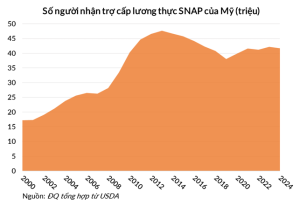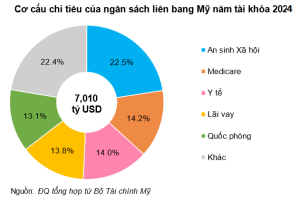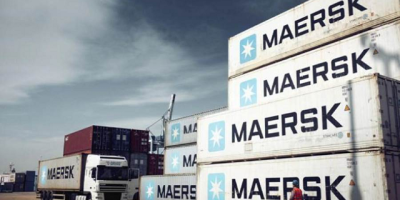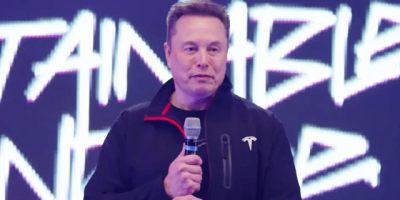While political gridlock in Washington has pushed the U.S. government into a shutdown, a silent humanitarian crisis is unfolding. About 42 million Americans, roughly 12% of the population, are facing the risk of losing their monthly food assistance as funding for the SNAP program runs out.
The Immediate Crisis: No Budget for November
The Supplemental Nutrition Assistance Program (SNAP)—commonly known as the food stamp program—is the largest social safety net in the U.S. fight against hunger and poverty.
Each month, the government deposits funds into Electronic Benefit Transfer (EBT) cards for low-income families. These cards can only be used to purchase essential food items at SNAP-authorized retailers—they cannot be used to withdraw cash or buy alcohol, cigarettes, and similar products. The federal government covers 100% of the cost of food purchases through EBT, while administrative costs (such as processing applications, office rentals, and utilities) are shared between federal and state governments.
States stagger their EBT deposits over multiple days each month to prevent all recipients from shopping at once, which could overwhelm stores and deplete supplies.
However, since the federal government shutdown began on October 1, 2025, funding for SNAP for November has not been approved. This means that as of November 1, 42 million Americans’ EBT cards are no longer being reloaded.

A Nation Divided Between Outrage and Shock
The situation has sparked anger and disbelief on both sides. On one hand, millions of families, seniors, and children face the terrifying prospect of going hungry. On the other, many are stunned by the revelation that one of the world’s wealthiest nations has one in eight citizens depending on government aid just to eat.
The Emergency Fund and the Government’s Dilemma
What makes this crisis particularly tense is that there actually is an emergency reserve fund worth billions of dollars managed by the U.S. Department of Agriculture (USDA), which also oversees SNAP. So why hasn’t the USDA used this fund to provide food assistance to those 42 million Americans?
In an official statement, the USDA explained that this emergency reserve is strictly designated for natural disasters such as hurricanes or tornadoes. A government shutdown, while serious, does not fall under that category.
The USDA added another reason: redirecting money from other accounts to fund SNAP would require cutting other crucial welfare programs, such as child nutrition assistance, school meal programs, and infant support initiatives.
This argument was met with fierce opposition and taken to court. In a landmark ruling, Federal Judge John McConnell rejected the government’s position, declaring that the impending loss of food aid for 42 million people constituted a real “disaster” causing “irreparable harm.” Comparing “a very real risk of mass hunger” to “a theoretical storm,” the judge ordered the USDA to immediately use its reserve funds to continue SNAP payments.
Even so, President Donald Trump remained hesitant, saying that “government lawyers do not believe we have the legal authority to use the existing funds for SNAP,” and he has instructed them to review the legal framework.
Some states have announced they will front local funds to keep SNAP running, but others say they have no choice but to suspend the program entirely. The USDA warned that if states use their own money, they will not be reimbursed after the federal government reopens, as no legal mechanism exists for repayment.
A Nation Dependent on Food Stamps
The current SNAP crisis has inadvertently exposed a rarely discussed reality: the deep and long-term dependence of millions of Americans on the social welfare system. The figure of 42 million beneficiaries is not a temporary anomaly but the result of decades-long structural trends.
Many assume that SNAP recipients are abusing the system or living comfortably off taxpayers’ money. However, USDA data paints a very different picture. The average SNAP benefit is less than $200 per month, equivalent to only 2.7% of per capita GDP.
For struggling families, that $200 a month is not a luxury—it is a lifeline, a small margin of relief amid the relentless rise in living costs.

The Real Question: Where Does Tax Money Go?
Despite serving tens of millions of Americans, SNAP represents only a tiny fraction of the federal budget. At a cost of nearly $100 billion in fiscal year 2024, it accounts for just 1.4% of total government spending.
That amount is minimal compared to spending on transportation, veterans’ benefits, and especially the five largest budget items: Social Security, Medicare, healthcare, defense, and interest payments on the national debt.
Together, these five categories cost more than the total tax revenue collected, forcing the U.S. to continuously borrow to fund its expenditures.

The U.S. government is willing to spend over $900 billion on wars and nearly $1 trillion on interest payments to wealthy creditors—including foreign governments—yet somehow struggles to find $100 billion to feed 42 million low-income Americans.
















Leave a Reply